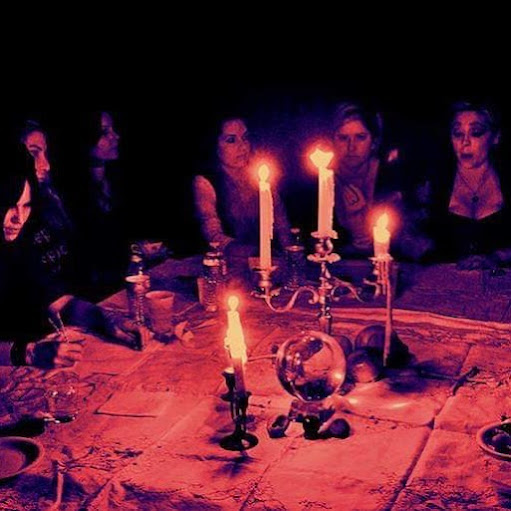There are 2 essential elements to starting lucid dreaming:
1. Chose a reality check: asking yourself at random, throughout the day if you are dreaming and looking at your hands, a clock, anything you chose, just keep it consistent.
2. It's also extremely helpful to keep a dream journal. This will help you become aware of the landscape of your dreams, (common places, colors, objects etc). The way this helps with lucid dreaming is that it sets visual cues in your mind that you can use to let yourself know you're dreaming. For example, I don't have a horse or a friend with one that I ride, so if I find myself horseback riding I can assume I'm dreaming.
The journal also increases your general awareness of your dreams. As this happens while you're awake, you'll be come more aware of them when you're sleeping too.
The best way to keep a dream journal is to not only include narrative but the following:
* Keywords
* People, places, objects that are central
* Who, what, where
* Mood or tone
* Colors
* Level of lucidity
* Date and a descriptive titile
It can also be useful to:
* Keep the notebook and a pen beside your bed and write down your dreams before getting out of bed.
* Wake up an hour earlier than usual, physically get up for 15 min - an hour, depending on how long you're able to fall back to sleep easily, then go back to bed.
* Look at pictures of things that were in your dream, (a schoolbus, a pink house, a restaurant etc)
* As you fall asleep, tell yourself that you will remember your dreams and that you will be aware you are dreaming
* Focus on the dots at the back of your eyelids, allowing them to form pictures, (these are called hypnogogic images, and sometimes you can go straight from focus on them to a lucid dream).
Next - maintaining lucidity and controlling your dreams so you can dream what you want!



